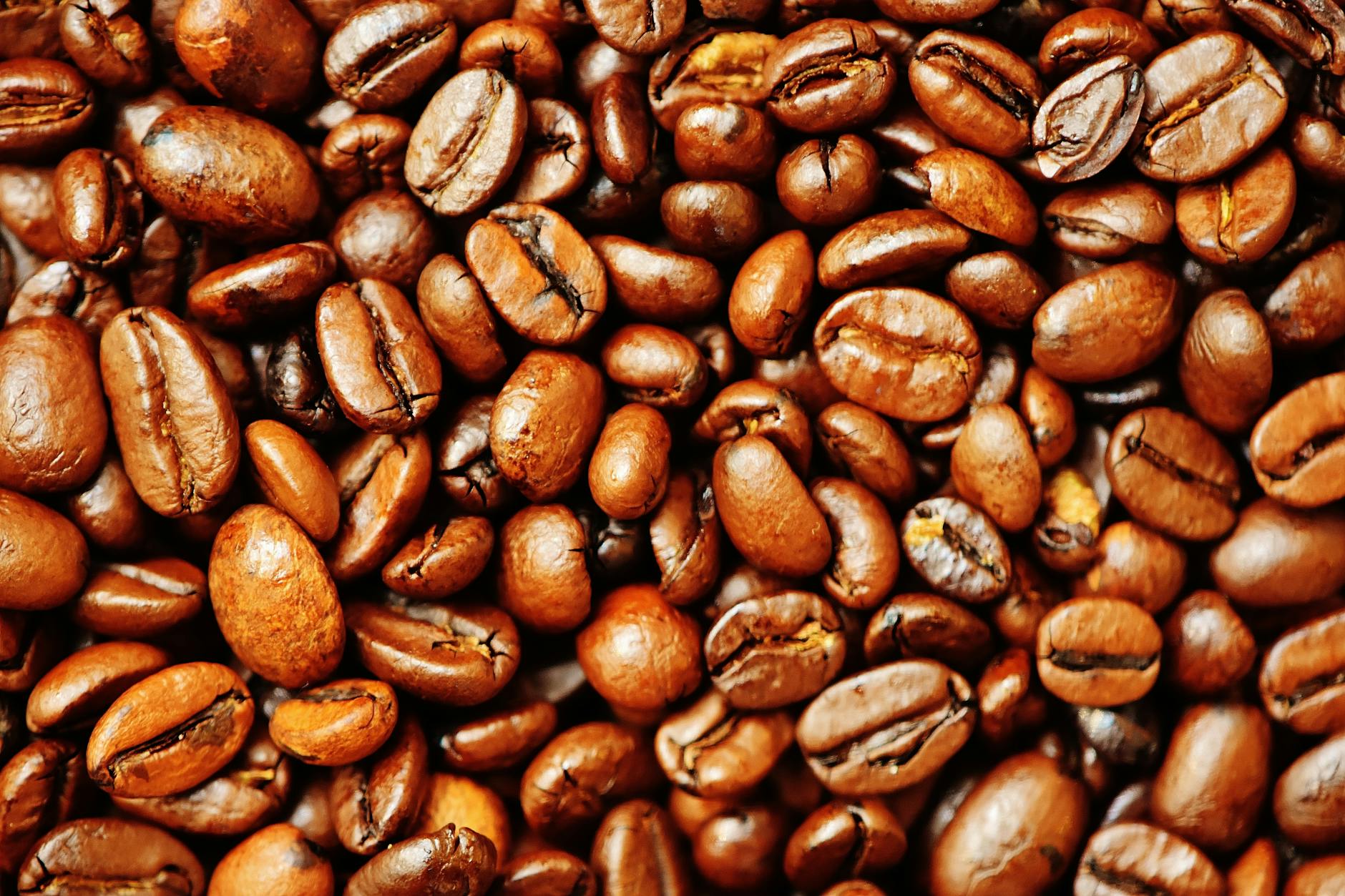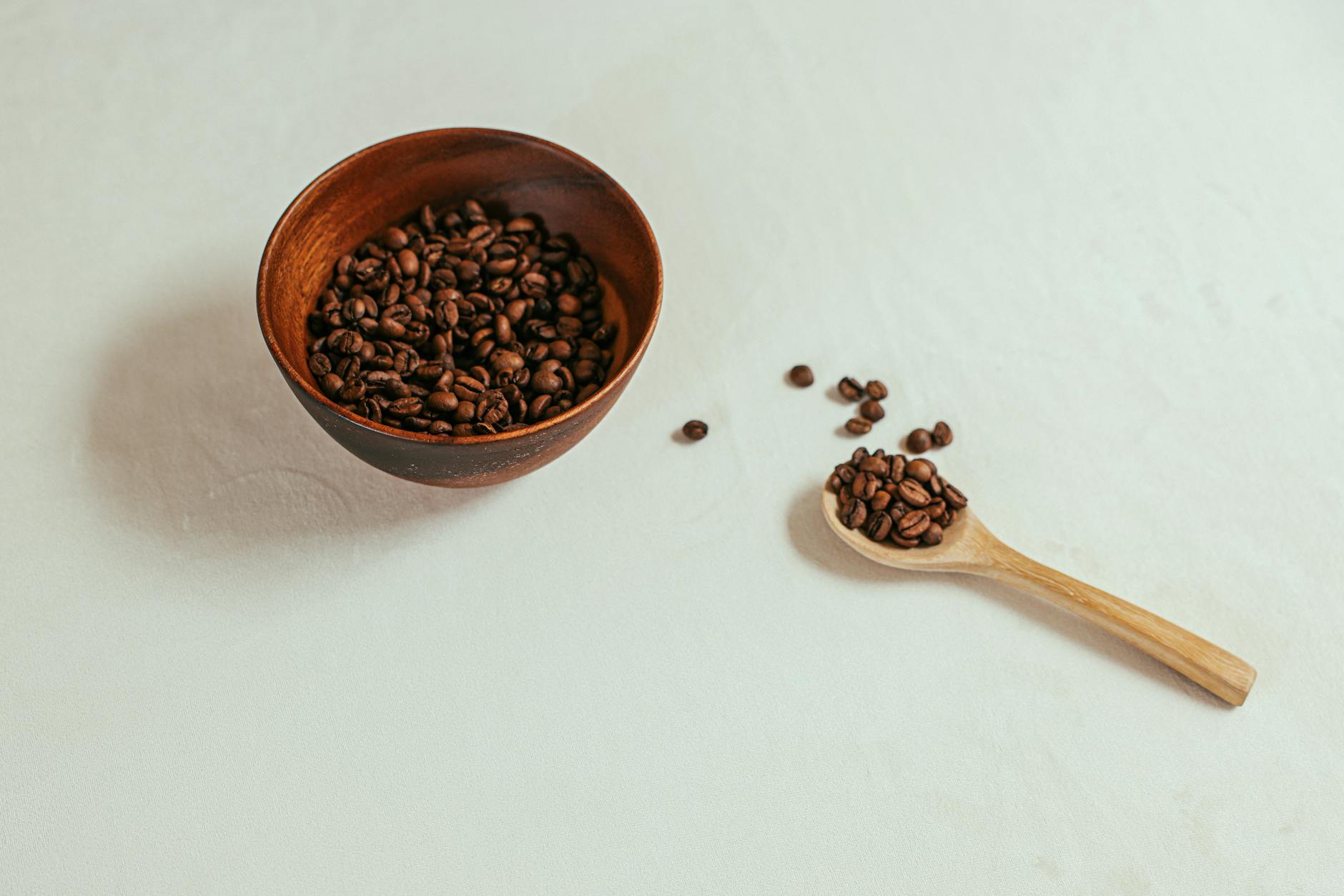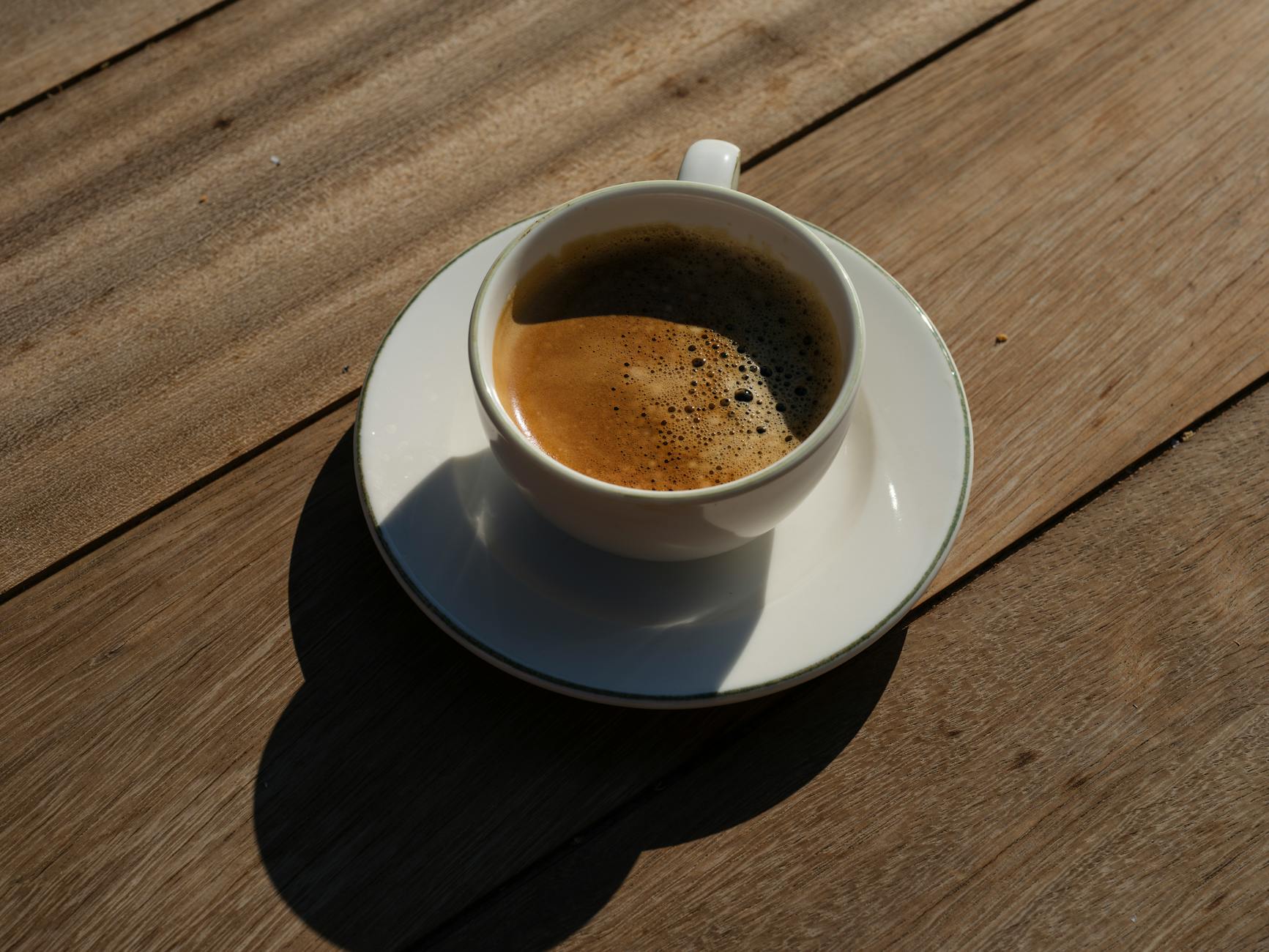Let’s be honest, my friends. My coffee ritual is…eccentric. Triple-filtered water? A hand grinder calibrated to a micron? An antique percolator that’s older than most of you? Yeah, I know, I know. It’s slightly ridiculous, even for me. But the results? Ah, the results are sublime. And it all comes down to the science—the chemistry—of coffee.
The Roast: A Chemical Transformation
Roasting coffee beans is far more than just heating them up. It’s a complex chemical transformation involving a series of reactions that dramatically alter the bean’s composition and, subsequently, its flavor profile. The Maillard reaction, for example, is crucial here, creating hundreds of volatile compounds that contribute to the coffee’s aroma and taste. This reaction, between amino acids and reducing sugars, begins around 200-240°C and is responsible for that rich, nutty complexity. The even more complex Strecker degradation—the breakdown of amino acids into aldehydes and other flavor compounds—further enriches the bouquet during that crucial roasting window. Getting this right requires painstaking attention to detail, which is perhaps why I have two watches yet am perpetually late.
The degree of roast significantly impacts the final cup. A light roast preserves more of the bean’s original acidity and bright characteristics, while a dark roast develops bolder, more bitter notes due to caramelization and pyrolysis. But I find myself drawn to the balance of a medium roast – the sort of thing that allows those delicious compounds to shine through. The choice is, of course, a matter of personal preference and understanding these underlying reactions only enhances the experience.
Brewing: Extraction and Equilibrium
Now, the brewing process is where the real magic happens (and where I spend most of my time meticulously preparing my equipment). Here, we’re dealing with extraction—the process of dissolving desirable compounds from the ground coffee into the water. Think of it like extracting gold from ore. You need the right tools and the right techniques to get the most out of this rich, complex material.
Several factors influence the extraction, including water temperature, brewing time, grind size, and the coffee-to-water ratio. Water temperature, specifically, is crucial. Too hot, and you’ll extract bitter tannins; too cold, and you’ll be left with a weak, under-extracted brew. The science behind this is complex, involving the solubility of various coffee compounds at different temperatures. Getting it right requires meticulous planning. If it takes me 20 minutes to calibrate my grinder, then that’s 20 minutes well spent. It’s not about the time, but about the result.
Grind size, too, directly affects extraction. A coarse grind results in under-extraction, while a fine grind leads to over-extraction and bitterness. I use a burr grinder, not a blade grinder, for consistent particle size—because consistent particle size is important for consistent results and consistency is my stock in trade, even though the crypto bros find it amusing.
The Final Cup: Flavor, Aroma, and More
The ultimate result of this chemical dance is the finished cup of coffee: a complex blend of acids, sugars, volatile aromatic compounds, and other substances. These compounds interact to create the myriad of flavor profiles we associate with different coffees, from the bright acidity of a Kenyan coffee to the rich body of a Sumatran. It’s a beautiful equilibrium of processes all working in harmony. And to think, some folks use instant.
The aroma, just as important as the taste, is comprised largely of volatile organic compounds released into the air. These aromas are what initially attract us to coffee and, during the brewing process, directly influence our perception of the taste. It’s all a sensory symphony orchestrated by careful attention to detail, which, as I have mentioned, is part of my very nature.
It’s a shame my buddies don’t appreciate the subtle nuances of a perfectly brewed cup as much as I do. I mean, even the aroma profile is a complex chemical cascade of esters, aldehydes, and ketones. I swear, I might start to just use an instant drip machine to get them to quit complaining. Although they’d probably still hate it, given their tastes.
Speaking of tastes…if you’re one of those ‘not a morning person’ types, you might want to check out this mug: not a morning person coffee mug.
And finally, remember, folks, the chemistry of coffee is a journey. It’s about understanding the processes, experimenting, and appreciating the science behind every perfect brew. As a retired stockbroker, I can tell you that even though the market might seem chaotic, there is always a pattern, always an underlying structure. It’s just a matter of uncovering it. And it’s the same for the perfect cup of coffee.
This research further investigates the influence of various factors on coffee quality.


